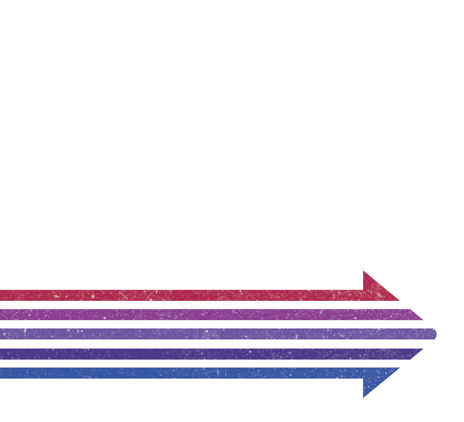IFRS
A new global standard on revenue – construction
Grant Thornton looks at the potential impact of IFRS 15 'Revenue from Contracts with Customers' for revenue recognition in the construction industry.








